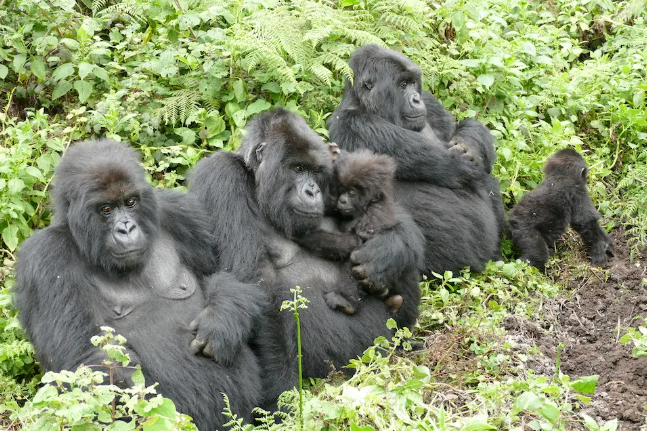How Gorillas Communicate with Infants
Understanding how gorillas communicate with their young can provide fascinating insights into the complexities of animal behavior and relationships. As one of our closest relatives, studying gorilla communication enhances our knowledge of social bonding and development. This article explores the different methods gorillas use to connect with their infants.
Vocalizations: The Language of Gorillas
Gorillas utilize a range of vocalizations to communicate with their infants. These sounds, which include grunts, barks, and hoots, serve various purposes—from signaling danger to conveying affection. For instance, a mother may use soft humming or cooing sounds to soothe her baby, creating a comforting atmosphere. These early vocal interactions are essential for emotional bonding and help infants learn to recognize their mother’s voice, contributing to their social development.
Body Language: Non-Verbal Communication
In addition to vocal signals, gorillas excel in non-verbal communication. They rely heavily on facial expressions, gestures, and body posture to convey their feelings and intentions. A mother gorilla might gently touch or cradle her infant, showcasing affection and protection. Likewise, a raised brow or a stern posture can signal disapproval or caution. This rich tapestry of body language helps infants understand the emotional climate of their environment, promoting learning through observation.
Touch: The Foundation of Bonding
Physical touch is a cornerstone of gorilla communication, particularly between mothers and their infants. Cuddling, grooming, and play are not only essential for developing strong bonds but also for the infant’s emotional health. These tactile interactions provide reassurance and security, crucial for a young gorilla’s development. As they grow, gorillas learn to interpret these physical cues, which play an important role in their social interactions with others.
In short, the interaction between gorillas and their young reveals their deep social bonds and delicate emotional world. By observing the calls, body language, and gentle touches between mother and baby gorillas, we can gain a deeper understanding of their communication methods and social structures. Many artists who love nature and wildlife have also drawn inspiration from gorillas, creating vibrant gorilla sculptures, paintings, and other artworks that vividly interpret the strength and tenderness of these primates. If you would like to learn more about gorilla behavior and conservation efforts, consider visiting a zoo or wildlife sanctuary to experience their charm up close. Such an experience not only enhances people’s understanding of gorillas but also inspires more people to pay attention to and participate in wildlife conservation.

